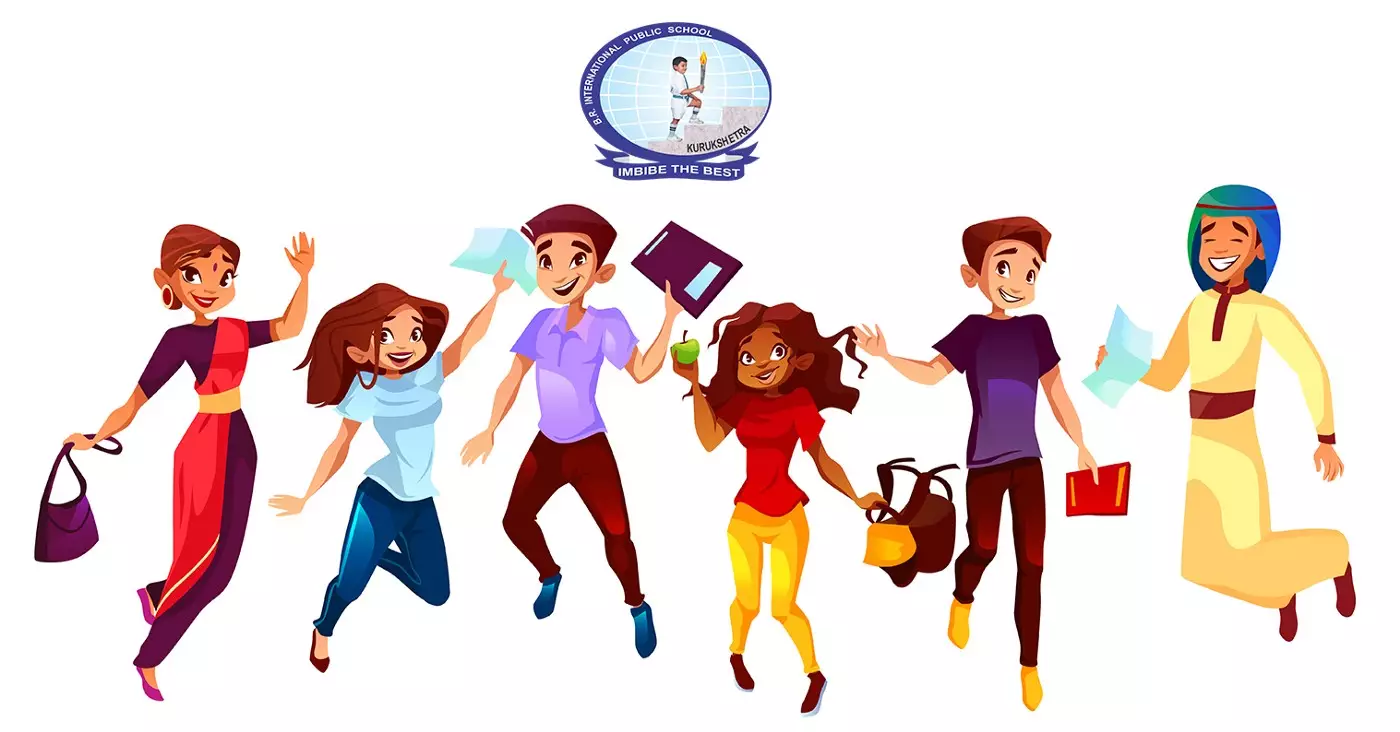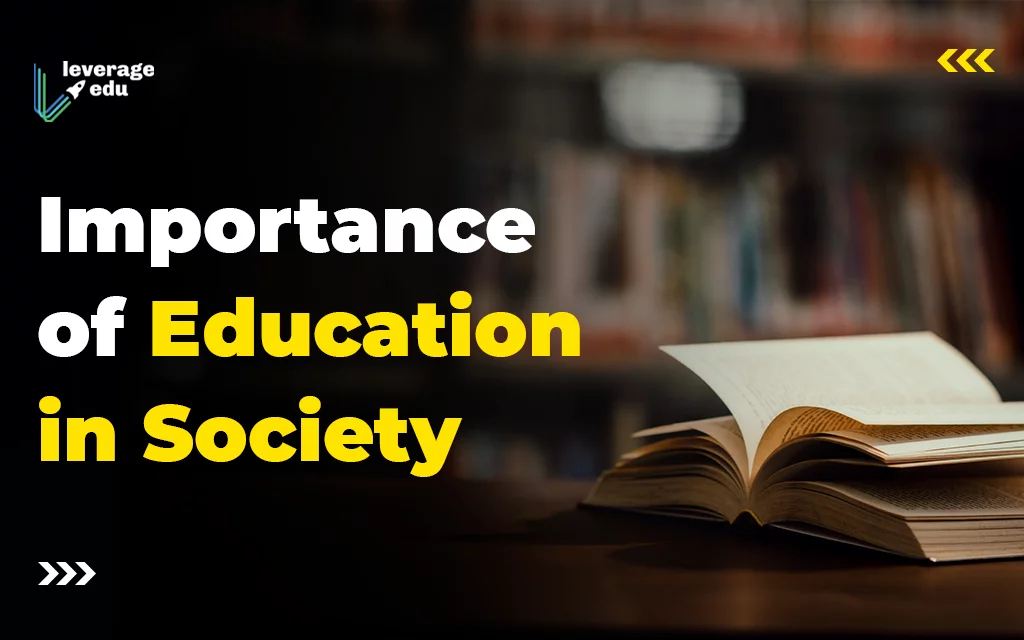Discuss the main features of Buddhist Education System.
Buddhist System of Education.
The Buddhist education has following features:
Abilities of the Student: Under the Buddhist education began at the age of 8. Till the age of 12, the student will remain in the state of shramana. After the
age of 20 the student becomes monk. Education was imparted through the medium of Pali.
Pababha Ritual: Before the student could enter a monastery for receiving education, he had to perform this ritual. Student has to wear yellow clothes and head shaved of all the hair. The Vinaya Pitaka, the first division of the Tipitaka, is the textual framework upon which, the monastic community (Sangha) is built. It includes not only the rules governing the life of every Theravada bhikkhu (monk) and bhikkhuni. (nun), but also a host of procedures and conventions of etiquette that support harmonious relations, both among the monastics themselves, and between the monastics and their lay supporters, upon whom they depend for all their material needs.
Upsampada Ritual: It is a Buddhist rite of higher ordination, by which a novice becomes a monk, or bhikshu. Ordination is not necessarily permanent and, in some countries, may be repeated in a monk’s lifetime. A candidate for ordination must be at least 20 years old, have the permission of his parents, be exempt from military service, be free from debt and from contagious disease, and have received at least some elementary instruction in Buddhism.
Duration of Education: The total tenure of education is 22 years, in which 12 years are for pababja and 10 years as upsampada.
Student Teacher Relationship: The guru-shishya tradition, lineage, or parampara, denotes a succession of teachers and disciples in traditional Indian culture and Buddhism. It is considered that this relationship, based on the genuineness of the guru, and the respect, commitment, devotion and obedience of the student, is the best way for subtle or advanced knowledge to be conveyed. The student eventually masters the knowledge that the guru embodies.
Education for Women: Buddhism never considered women as being inferior to men. The Buddha, while accepting the biological and physical differences between the two sexes, did consider men and women to be equally useful to the society. The Buddha emphasized the fruitful role the women as a wife and a good mother in making the family life a success. Buddhism did not restrict either the educational opportunities of women or their religious freedom.
The Buddha unhesitatingly accepted that women were capable of realizing the Truth, just as men were. That was why he permitted the admission of women into the order, though he was not in favor of in the beginning because he thought their admission would create problems in the Sangha. Once women proved their capability of managing their affairs in the order, the Buddha recognized their abilities and talents, and gave, them responsible positions in the Bhikkhuni Sangha.
Vocational Education: Although, the curriculum was originally designed to train Buddhist monks, these principles of education became applicable to lay students as well. The emphasis placed on vocational skills such as sculpting, painting, carpentry, weaving and medicine helped the populace immensely. With the expansion of religion came the spread of literacy and education. Bigger monasteries appeared near towns and cities, with huge grants from royalty, noblemen and traders. Education became broad-based with the inclusion of comparative religions in the curriculum.





